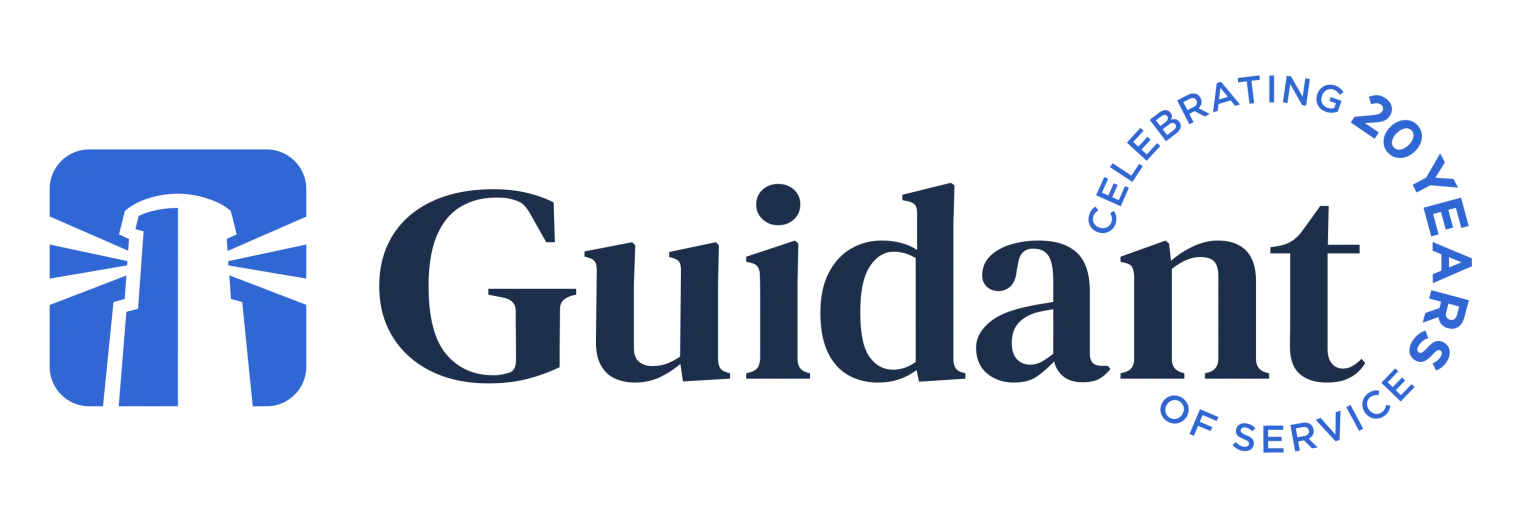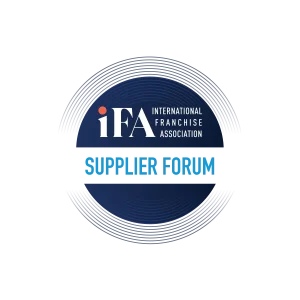Safe Harbor 401(k) Plans
A Safe Harbor 401(k) plan is a 401(k) plan under which an employer is not required to perform nondiscrimination testing of 401(k) contributions or matching contributions for years when the Safe Harbor has been elected.
Each employer’s goals, plan design, types of contributions and employee demographics form a unique scenario, which the employer should discuss with the Guidant Financial Group (GFG) Retirement Plan Facilitator or his GFG Recordkeeping Guide before finalizing the decision to make the plan a Safe Harbor 401(k) plan. Following are some basics that an employer needs to know before considering a Safe Harbor 401(k) Plan.
Who might benefit from a Safe Harbor 401(k) plan?
Generally speaking, corporations that might benefit from adopting and amending to a Safe Harbor 401(k) plan include:
- Businesses already making (or planning to make) employer contributions at or near the safe harbor levels.
- Businesses required to make top-heavy minimum contributions (See article on Top Heavy 401(k) Plans).
- Businesses with low employee turnover.
- Businesses whose owners and highly paid employees may be limited in how much they can contribute for their retirement because of low participation rates of the lower paid employees.
What are the advantages of a Safe Harbor 401(k) plan?
- A Safe Harbor 401(k) plan avoids certain nondiscrimination testing.
- A Safe Harbor 401(k) plan permits the owners and highly paid employees to maximize their 401(k) contributions to the level permitted by the IRS.
- Owners and highly paid employees’ contributions are not limited by the participation rate of the lower paid group.
What are other considerations for a Safe Harbor 401(k) plan?
- Once a Safe Harbor is elected, the employer must make the required contributions, unless it would create a significant hardship.
- All Safe Harbor contributions are immediately 100% vested.
- The employer must give all participants an annual Safe Harbor notice.
What Safe Harbor contributions are permitted?
Basic Match: 100% match of first 3% deferred, plus 50% of next 2% deferred.
Enhanced Match: ‘Enhanced Match’ is 100% match up to 6% deferred. The matching formula must be at least as generous as the basic formula, and the rate of the match may not increase as deferral percentages increase.
3% Nonelective Contribution (NEC): Every participant receives a 3% contribution whether they are making elective deferrals or not
Each of these options also has the following requirements:
- All employees are 100% vested in Safe Harbor contributions.
- Safe Harbor contributions are not available for in-service withdrawal before age 59 1/2.
Note: Safe Harbor contributions can be used to satisfy top-heavy minimum contributions. However, the top-heavy minimum contribution is waived for plans using either the safe harbor basic or enhanced matching formula, provided there is no allocation of any other employer contributions including reallocation of forfeitures. Such a plan would actually be exempt from the top-heavy rules.
General Safe Harbor 401(k) plan details:
- A Safe Harbor feature may not be added to an existing 401(k) plan during the plan year. The plan may be amended to add the Safe Harbor as of the first day of the next plan year.
- Changes to Safe Harbor elections must be made at least 30 days before the next plan year and will become effective the first day of the next plan year.
- A Safe Harbor notice must be provided to each eligible plan participant each year between 30 and 90 days before the next plan year begins.
- A Safe Harbor notice must be provided to each newly eligible plan participant between 30 and 90 days prior to their plan entry date.
- If a flexible nonelective Safe Harbor contribution will be made (sometimes referred to as the “maybe” notice), a second notice must be provided 30-days before the end of the plan year if the plan will actually be providing the flexible contribution.
- A Safe Harbor match may be discontinued during the year upon 30-days advance notice to employees. The employees must have a chance during the 30-day period to change their deferrals. Even if Safe Harbor contributions were actually made, the 401(k) plan Average Deferral Percentage (ADP) and Average Contribution Percentage (ACP) testing will apply for the entire year.





